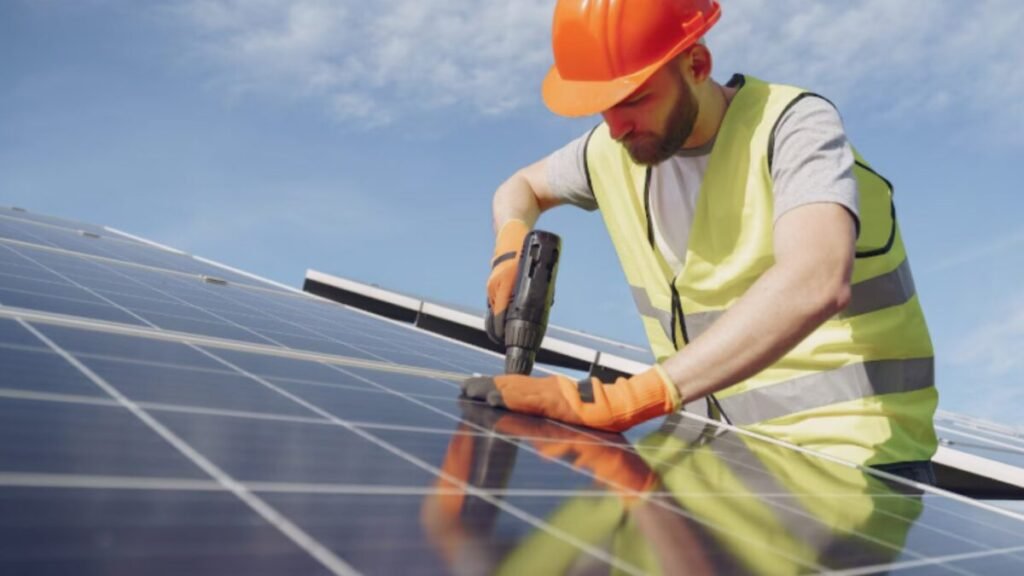German solar panel achieves record-breaking efficiency and offers potential for decreased environmental impact

The Fraunhofer Institute for Solar Energy Systems (Fraunhofer ISE) has recently introduced a groundbreaking micro-concentrator solar panel in Freiburg, marking a significant advancement in photovoltaic technology. This new panel boasts efficiencies that surpass current models by 50% and features a design that minimizes the use of expensive materials, highlighting a blend of technical innovation, sustainability, and industrial feasibility. These characteristics position this technology to potentially reshape solar energy production within a rapidly evolving market.
Enhanced Performance and Design
The innovative micro-CPV panel developed by Fraunhofer ISE surpasses the typical efficiency range of commercial panels, achieving an impressive 36% efficiency in laboratory tests and exceeding 31% in outdoor trials. This performance enhancement is attributed to an array of submillimeter lenses and photovoltaic chips integrated into the design, allowing for increased energy extraction. While the prototype measures approximately 200 square centimeters with 60 cells arranged in a 10 by 6 matrix, standard-sized versions suitable for industrial applications are already available. Moreover, the manufacturing process utilizes cost-effective materials like glass substrates and processes borrowed from the display industry, potentially leading to reduced production costs.
Resource Efficiency and Sustainability
A notable feature of this new design is the significant reduction in silicon usage, amounting to less than one-thousandth compared to conventional panels. The concentrator lenses, composed of silicone on glass, maintain optical alignment even in varying temperatures, while the five-junction chips leverage different wavelengths to capture more light. Mounted on a dual-axis solar tracker, the system operates without the need for active cooling, thanks to its glass substrate. This design choice helps avoid degradation issues and ensures consistent performance even after a year of real-world use.
Challenges and Future Directions
While the technical advantages of this technology are evident, its economic viability remains to be proven. Analysts like Jenny Chase from BloombergNEF caution that the current low prices of semiconductors, coupled with the additional cost of the tracking system, may pose barriers to widespread adoption. To address these challenges and facilitate market entry, Fraunhofer ISE has initiated the establishment of Clearsun Energy, a dedicated company focused on commercializing the technology and exploring its potential applications within the global solar industry.






